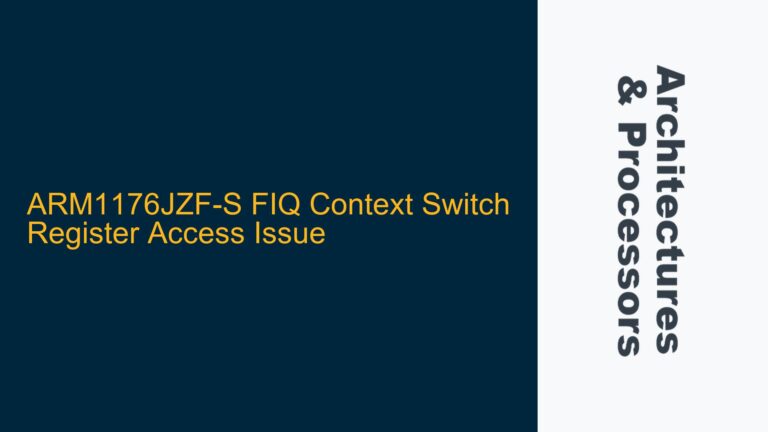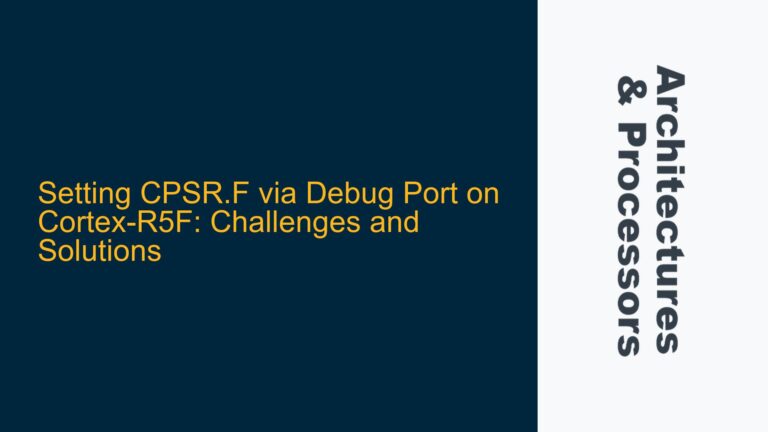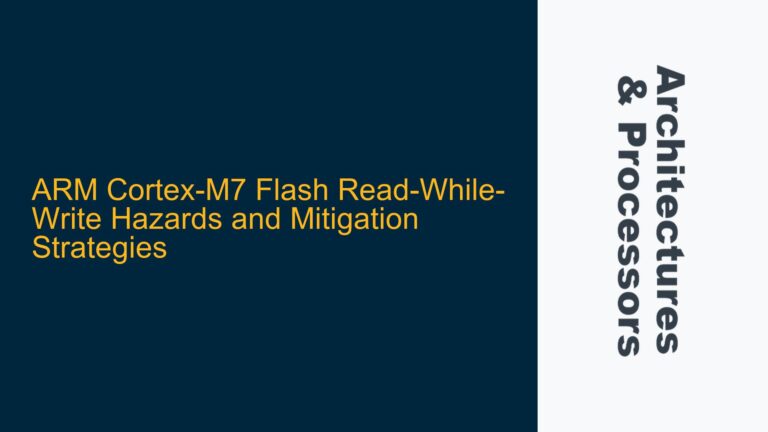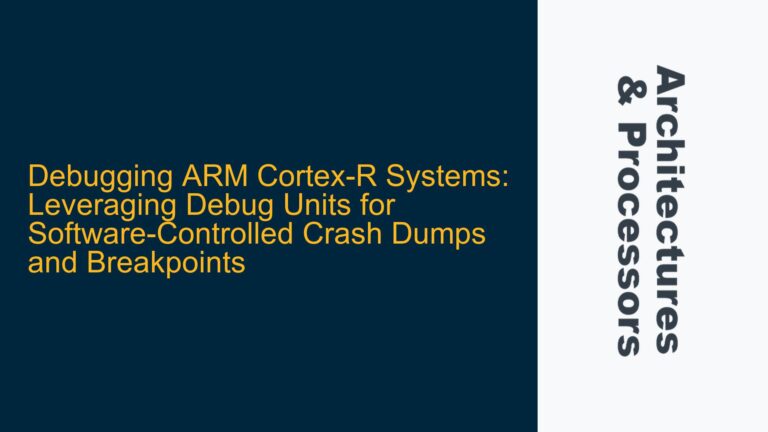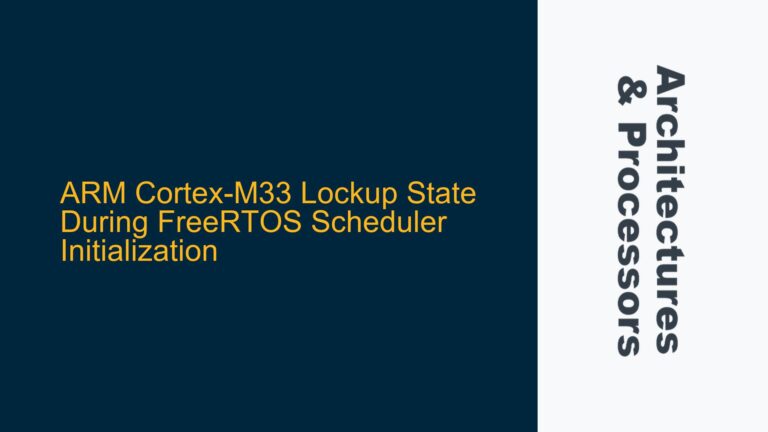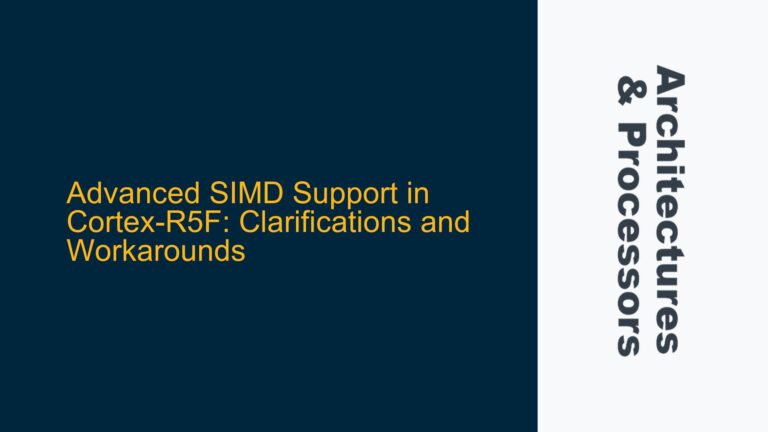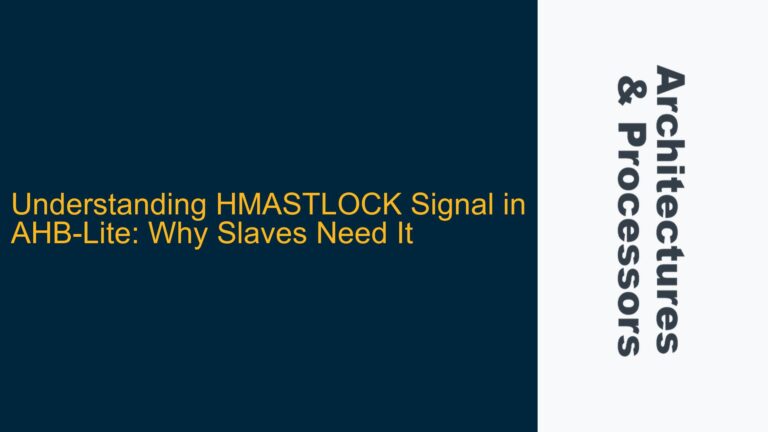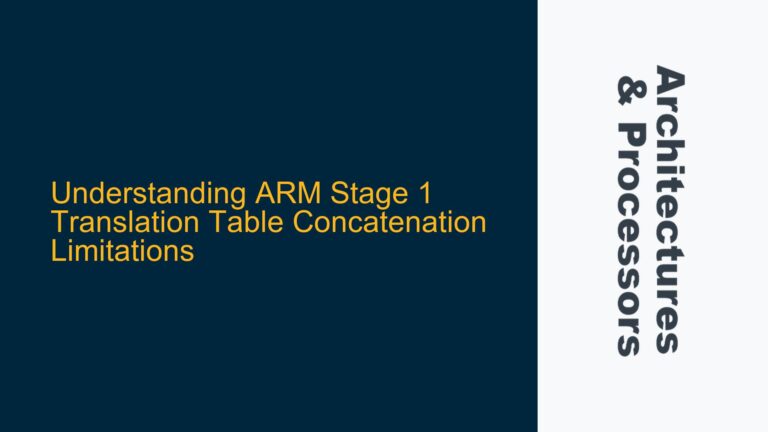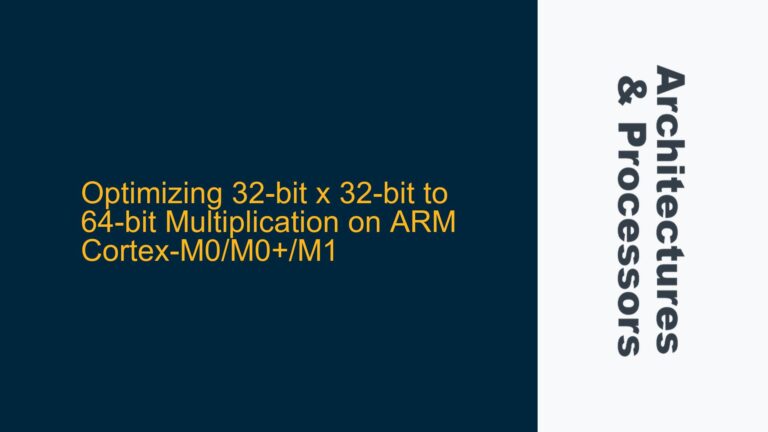ARM1176JZF-S FIQ Context Switch Register Access Issue
ARM1176JZF-S FIQ Context Switch Challenges with Banked Registers The ARM1176JZF-S processor, a member of the ARM11 family, is widely used in embedded systems due to its balance of performance and power efficiency. One of its key features is the support for multiple processor modes, including Fast Interrupt Request (FIQ) mode, which is designed for low-latency…
